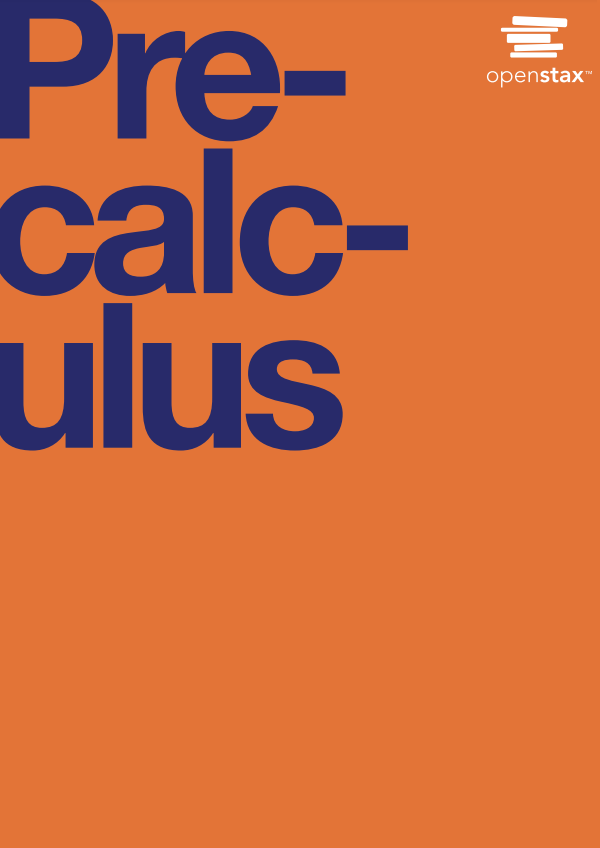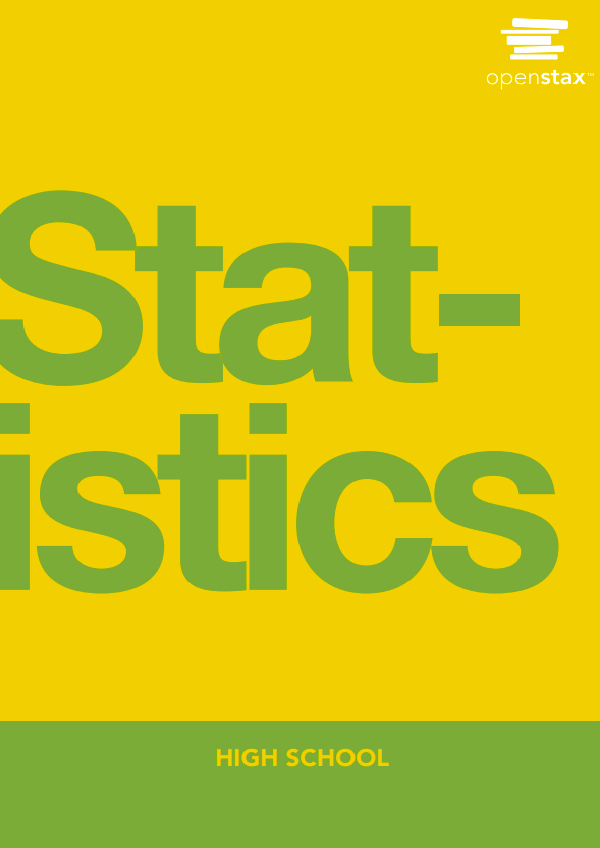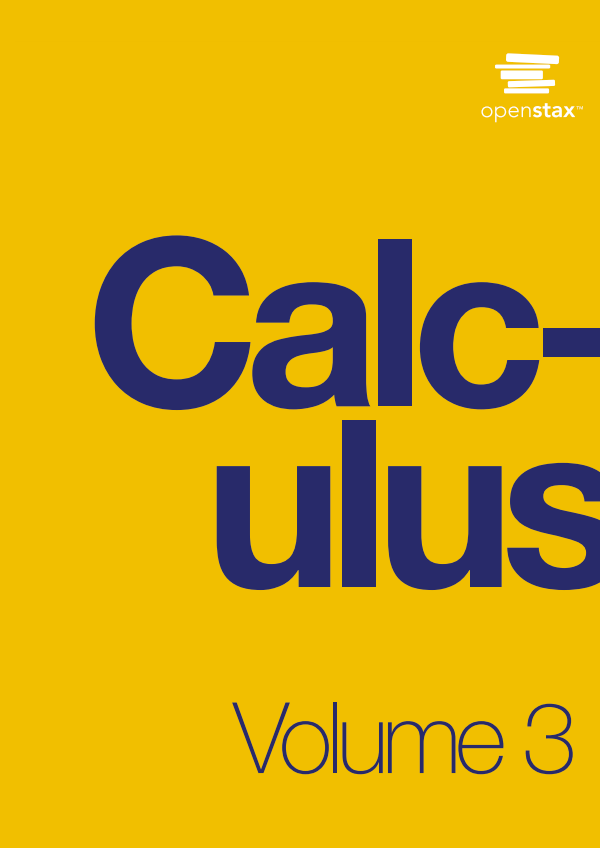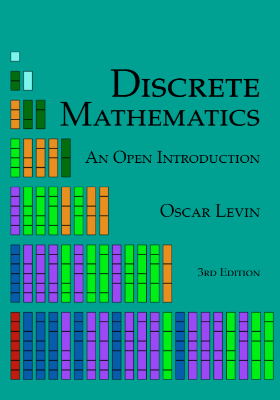Corresponding Parts and Scale Factors
One road sign for railroad crossings is a circle with a large X in the middle and two R’s—with one on each side. Here is a picture with some points labeled and two copies of the picture. Drag and turn the moveable angle tool to compare the angles in the copies with the angles in the original.
Your teacher will assign you two of the triangles to look at.
- For each of your assigned triangles, is it a scaled copy of Triangle O? Be prepared to explain your reasoning.
- As a group, identify all the scaled copies of Triangle O in the collection. Discuss your thinking. If you disagree, work to reach an agreement.
- List all the triangles that are scaled copies in the table. Record the side lengths that correspond to the side lengths of Triangle O listed in each column.
- Explain or show how each copy has been scaled from the original (Triangle O).
Are you ready for more?
Choose one of the triangles that is not a scaled copy of Triangle O. Describe how you could change at least one side to make a scaled copy, while leaving at least one side unchanged.
Summary
A figure and its scaled copy have corresponding parts, or parts that are in the same position in relation to the rest of each figure. These parts could be points, segments, or angles. For example, Polygon 2 is a scaled copy of Polygon 1.
Making Scaled Copies
Andre wants to make a scaled copy of Jada’s drawing so the side that corresponds to 4 units in Jada’s polygon is 8 units in his scaled copy.
- Andre says “I wonder if I should add 4 units to the lengths of all of the segments?” What would you say in response to Andre? Explain or show your reasoning.
- Create the scaled copy that Andre wants. If you get stuck, consider using the edge of an index card or paper to measure the lengths needed to draw the copy.
Are you ready for more?
The side lengths of Triangle B are all 5 more than the side lengths of Triangle A. Can Triangle B be a scaled copy of Triangle A? Explain your reasoning.
Summary Creating a scaled copy involves multiplying the lengths in the original figure by a scale factor.
For example, to make a scaled copy of triangle ABC where the base is 8 units, we would use a scale factor of 4. This means multiplying all the side lengths by 4, so in triangle DEF, each side is 4 times as long as the corresponding side in triangle ABC.











